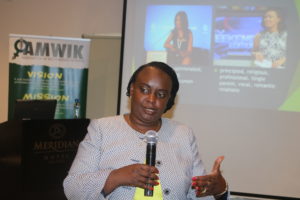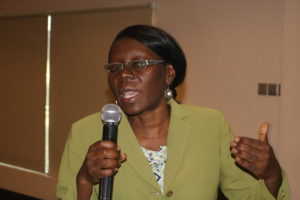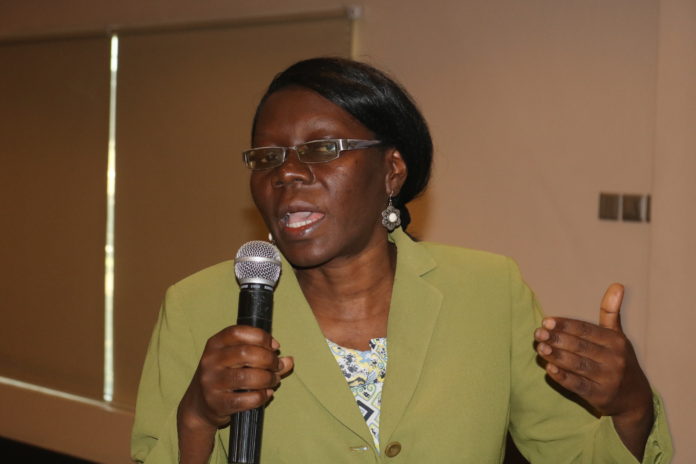By Lilian Museka
Online space revolution has made it possible for journalists to access information that they use in content development. With continuous changes in technology, media is able to carry out research and publicize stories in just a short period.
However, the revolution has come with its challenges which include cyber violence, especially for media practitioners. The most targeted group are women who face unique challenges altogether, including abuse, threats, stalking and bullying among others. This has largely been blamed to the patriarchal society that disfavors them.
Many media women have been forced to withdraw from using internet due to increased online bullying, which has a high risk of extending to real life physical bullying.
A study of 70 million comments on the Guardian site in 2012-2016 indicated that eight out of 10 journalists who were bullied online were women. The comments also showed women journalists received more negative comments, bullying, and threats than men.
A media monitoring report on media coverage of online violence against women journalists in Kenya presented by Research consultant Robi Koki Muli shows that Journalists have received death threats and are fearful of the unknown, as many abusers are always anonymous.

With the report detailing a number of prominent women journalists who have faced online harassment with some of them quitting, it recommends that stakeholders work closely with media women champions who are survivors of online violence to strengthen the visibility and recognition that online violence is a legitimate and harmful manifestation of gender-based violence
The report stated that the presence of women in the media was not attributed to their prowess as media professionals but other factors like appearance, possessions, character, and personality related attributes.
“The economies of attention, a reality of today’s world, paves the way for women being treated like sex symbols on screen,” added Koki
Koki called on the public to be supportive of victims of online harassment and encourage frequent sensitization programmes to orient women who work in the media on private versus public life.
“Women in the media need to keep a more prominent professional presence to avoid the display of public ridicule,” She said.
The purpose of the study was to develop a befitting research design, population, sample, data collection and analysis criteria to establish the tone, nature, and prominence of online violence against women journalists.

Association of Media Women in Kenya, Amwik Executive Director Marceline Nyambala decried the increasing online harassment of women journalists, adding that up to 75 percent of female journalists experienced harassment in their line of work.
“Technology Assisted Violence against Women (TAVAW) is on the rise and include cyberbullying trolling, cyberstalking, defamation/hate speech, online harassment, public shaming, identity theft, hacking amongst other offenses,” she said.
She called on the need for capacity building by enhancing knowledge and skills on online safety and phone security for women.
Digital moderator, Nation Media Group, Churchill Otieno noted that the false sense of anonymity gave the attackers confidence to continue harassing their victims online.
“Online digital by nature makes it easy for someone to be attacked as the attackers hide under anonymity making it hard to identify them,” He said.
He called on the need to identify issues unique to women journalists that make them vulnerable to attacks and use networks to push for empowerment programs.
Meanwhile, the Kenya ICT Action Network (Kictanet) Co-convener Grace Githaiga called on the need for the ICT Policy to be subjected to public participation to ensure it addresses security and rights of women.














